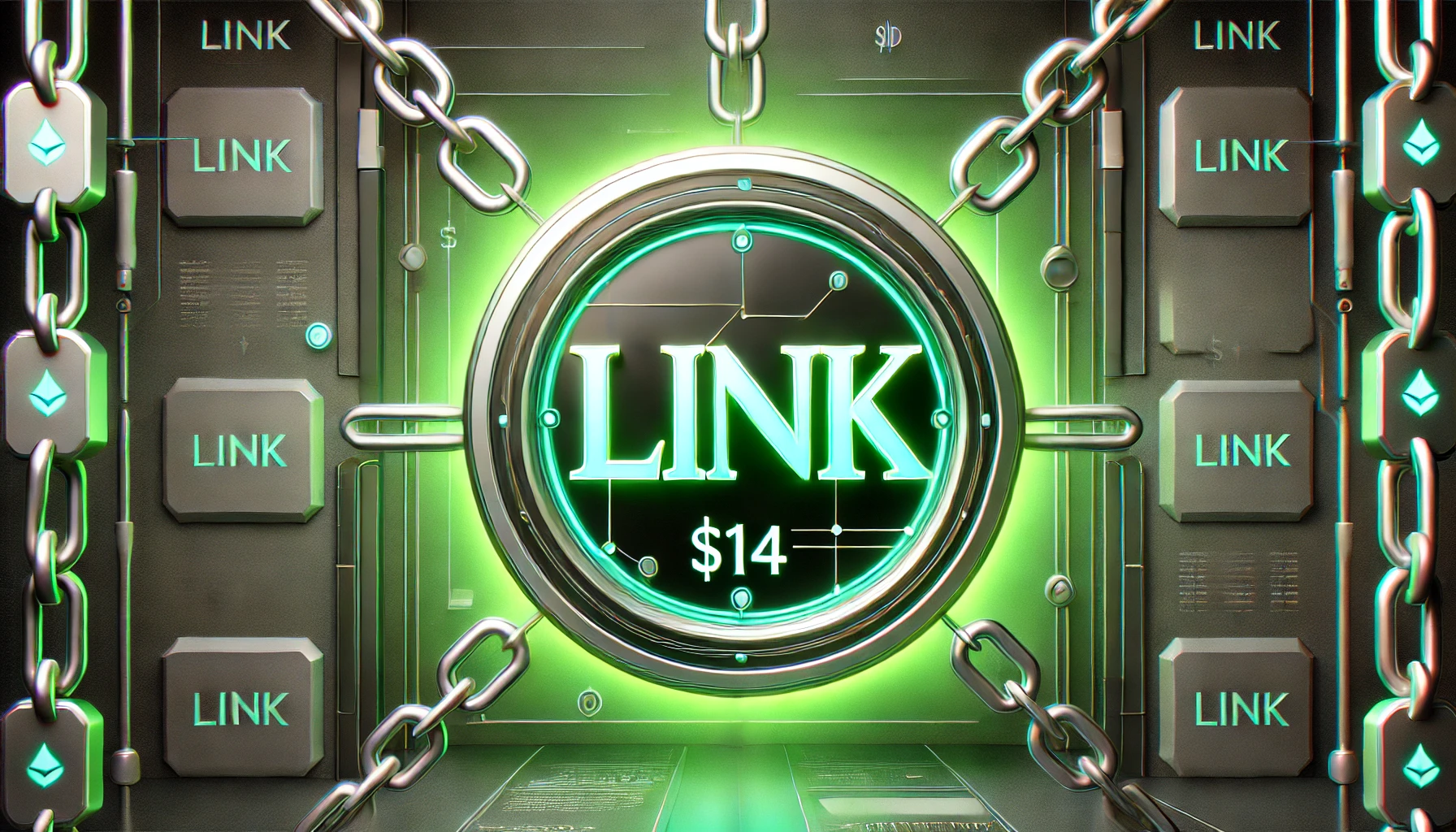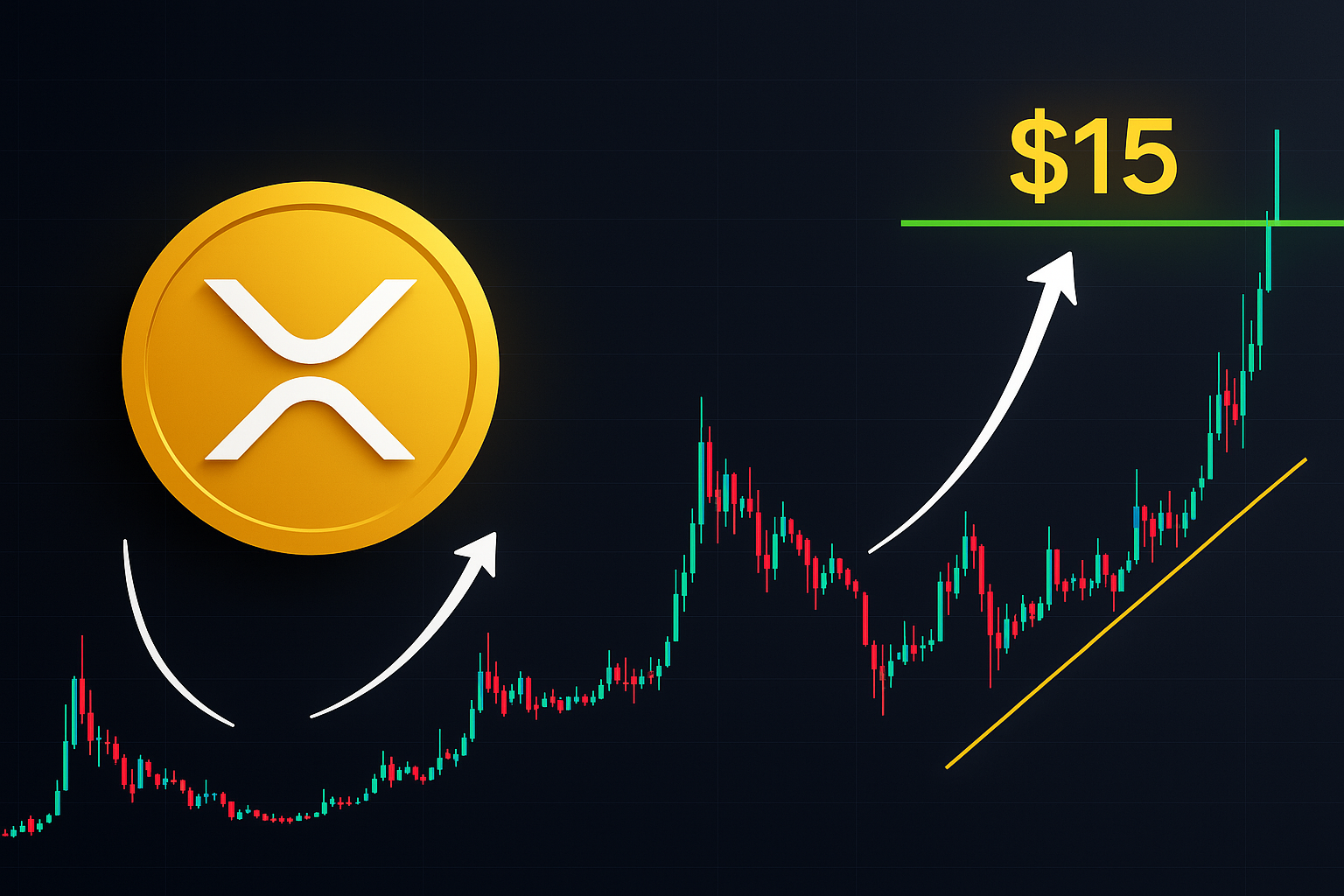
- Chainlink enables RWA Smart Contracts with secure data, automation and fair sequencing tools and thus solves fundamental problems.
- This creates incentives through MEV protection, concrete income and token bonuses for potent stakers and knot operators.
Blockchain networks have enormous progress in peer-to-peer transactions, automation of financial services and the creation of decentralized applications. However, there are still limits in important areas: access to real data, prevention against transaction manipulations and alignment of incentives in decentralized ecosystems.
The Oracle network was created to solve such central problems through infrastructure improvements. The increasing dependence on off-chain data, secure calculations and procedures for securing fairness at the protocol level emerge.
1⃣ THE BLOCKCHAIN PROBLEM
(and why @chainlink is needed)
You’ve heard of Bitcoin.
You’ve heard of Ethereum.
But nobody tells you what connects them all…
This is where the rabbit hole begins: pic.twitter.com/9R2l86yFxi
— ⬡ The Crypto Panda ⬡ (@TheLinkPanda) June 6, 2025
The original purpose of Chainlink was the connection of Blockchain Smart Contracts with external data sources, which are commonly referred to as Oracles. This function remains, but Chainlink has developed far beyond data feeds. The introduction of the Chainlink-Runtime CRE enables smart contacts to function under real conditions by integrating calculation and automation tools.
This ability is crucial for decentralized financial applications, insurance models and the RWA-Tokenization. Without access to reliable external data, these systems cannot function as intended. CRE solves this problem by offering developers a modular framework to expand the range of smart contracts in a safe and standardized manner.
Protection of transactions against MEV Exploits
One of the less known weaknesses in decentralized networks is the limit through the MEV, the maximum extractable value (MEV). This occurs when automated bots manipulate the transaction order within a block to achieve financial profit. The standard methods include front running trades or sandwiching transactions in which the swap of a customer is used to make profits. This reduces the value for normal customers and lead to market distortions.
To counteract this, Chainlink introduced his fair sequencing services (FSS). This tool ensures that transactions are ordered fairly and manipulated before they reach the blockchain. It reduces the MEV risk and ensures predictable results for customers.
Another mechanism, Smart Value Recapture (SVR), enables Chainlink to regain the value lost through MEV activities. Instead of disappearing into automated bot gains, the recovered value is attributed to the Chainlink system, especially to investors who stake link token.
Real protocol income and staking alignment
The growing acceptance of Chainlink has led to a real use of the protocol and to measurable income flow. Projects in various sectors integrate chainlink services and numbers usage fees. This includes decentralized trading platforms such as GMX, NFT membership frames such as galaxy and data providers such as truflation.
To manage these payments, Chainlink uses a Payment Abstraction Layer that enables you to collect fees in different tokens and automatically convert it into link. This ensures a standardized remuneration format and strengthens the role of link in the ecosystem. The stakers benefit directly from the increased use of the protocol and create a agreement between the use of the infrastructure and the token-based incentives.
The Infrastructure of Chainlink is operated by a decentralized group of knot operators who are responsible for providing safe data and execution of tasks outside the chain. In contrast to passive staking networks, Chainlink attaches importance to reputation and performance.
The operators are obliged to maintain the operating time, to react exactly to data inquiries and to adhere to service level obligations. Only the most powerful nodes receive a reward, while the lowest performance runs the risk of being excluded from the network.







No Comments